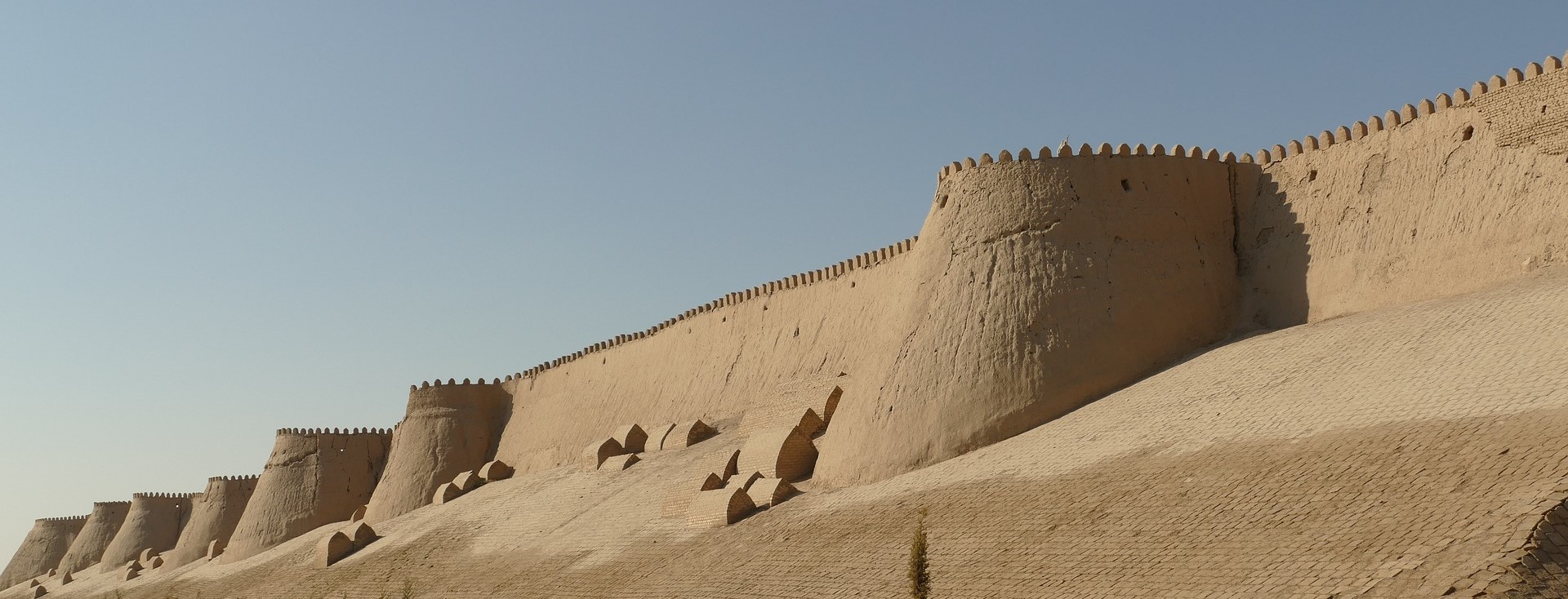dung
Dried sheep dung was the primary cooking and heating fuel for the nomadic, sheepherding Mongols. Living and moving about the treeless steppe grasslands, sheep dung was more plentiful, if somewhat less effective and smokier, than wood.
The dung dried quickly and was gathered into carts and hauled to the ger, or home, and stacked outside until used. The fire was built inside the ger on the floor in the ger's center. The top of the ger, or round felt tent, was open to the sky, which allowed the smoke to escape. The hole also admitted light.
Properties
Material Characteristics
Dung starts out as a smelly, sticky brownish pile on the ground. It lays outside and dries in the sun and open air, becoming much lighter in weight. At this point, it lights and burns readily.
Geology & Geography
It is found wherever sheep may roam, and graze. In the medieval Mongol nation, millions of acres of the Eurasian Steppe supported many tribes, and sheep by the hundreds of thousands.
History & Usage
Everyday use
The dung is used for Cooking, light, warmth
Cultural Significance and Usage
In the absence of trees for wood, dung was a readily available resource in great quantity, used by the nomadic people who lived on the grasslands.
Refinement
The dung must be dried before use, which is accomplished by letting it lay out in the sun and air. Afterward, it is collected and placed into carts and hauled back to the home, then stacked outside until it is used.
Byproducts & Sideproducts
None. Dung is itself a waste byproduct of sheep herding.
Hazards
Don't eat it, and try not to step in it!
Reusability & Recycling
Dung IS waste; and it IS treasure!
Distribution
Storage
Once dried, it is stacked outdoors near the ger, or home.
Type
Biomaterial
Value
As the sole material suitable for heat and cooking, dung was priceless.
Rarity
common
Odor
fecal
Taste
unknown
Color
brown
Density
dense and wet when fresh;
Common State
dense, sticky and wet piles



Comments